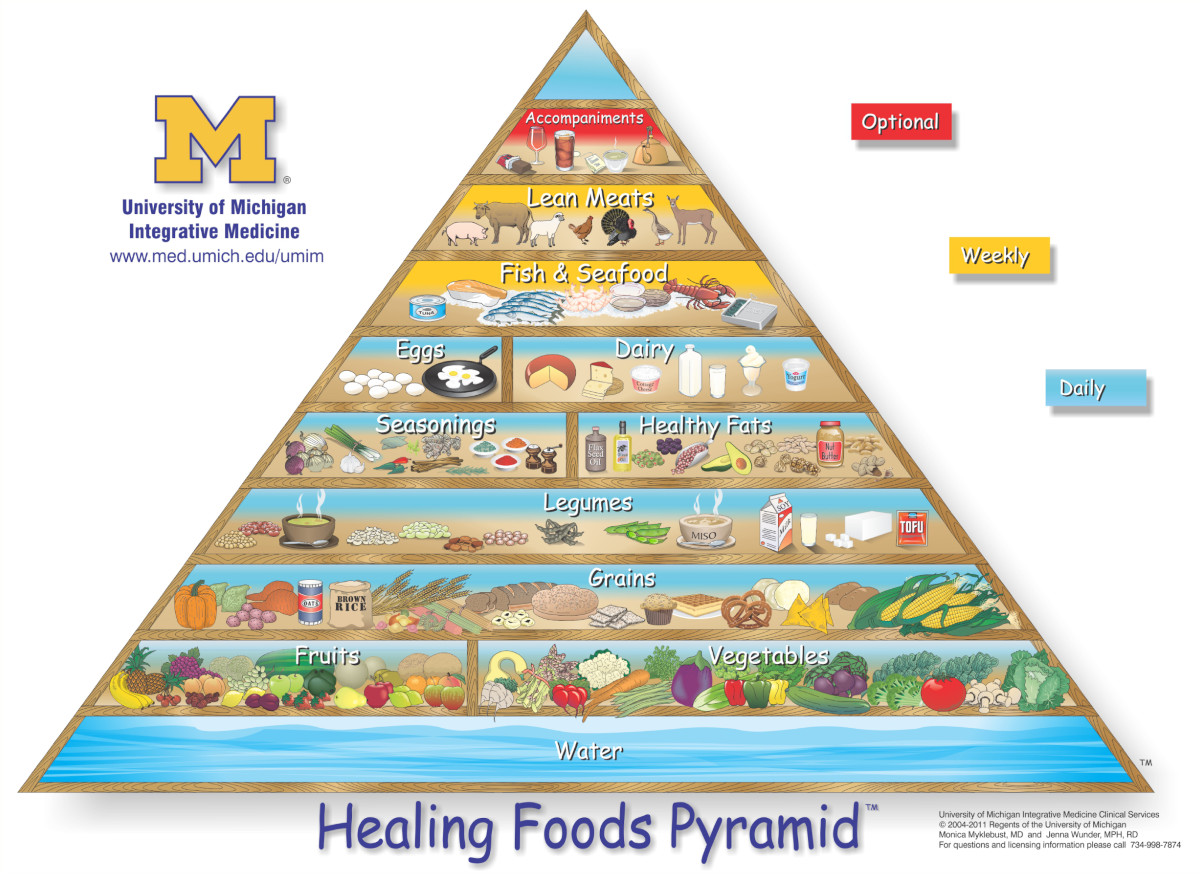
Has your doctor ever told you that you have high cholesterol or that you should consider a low cholesterol diet? Then, did you think: What does that mean? Cholesterol is important for good health. It makes cell walls, tissues, hormones, Vitamin D and bile acid—which helps food digestion. But too much cholesterol increases your risk of developing heart disease and stroke.
Cholesterol is a fat-like substance that can be found in the cells of the body. The body gets cholesterol in two ways: some is made in the liver; the rest comes from eating food from animals, including egg yolks, red meat and whole-milk dairy products. This means that having high cholesterol could be hereditary or is diet-based. In either case, a lack of exercise can also contribute to high cholesterol.
There is some cholesterol that is considered “good” and other cholesterol that is considered “bad.” An easy way to remember good cholesterol versus bad is to think of H for happy (HDL) and L for lousy (LDL). In your daily diet, you should aim for less than 200mg of total cholesterol, less than 100 mg of bad cholesterol (LDL) and 40 mg or higher of good cholesterol (HDL).
Low cholesterol diets are high in plant-based proteins, such as fruits, vegetables, whole grains, legumes and nuts. A moderate fat intake comes from olive and canola based oils and nuts. When eating animal protein, tune down the red meat and increase fish and poultry. This is similar to the Mediterranean diet. Studies show that those who live in the countries bordering the Mediterranean Sea have less heart disease than those in western countries, especially the U.S.
Lowering Cholesterol Through Diet
Consider the below pyramid from University of Michigan Integrative Medicine for a low cholesterol diet.
Meat, fish and seafood are a weekly choice, while sweets, including alcohol, are optional accompaniments to our daily meals.
Fiber
Eating fiber that absorbs water or that is thick and sticky is a great way to promote health. Having fiber before meals helps reduce the absorption of cholesterol, speeds up the absorption of starches and sugars and absorbs water to give you the sense of being full. Types of fiber include but are not limited to:
- Oat bran
- Ground flax seed
- Wheat
- Fruits & Vegetables
Soy Protein
Diets high in protein reduce blood pressure and cholesterol compared to diets high in carbohydrates. However, this depends on the type of protein. A daily dose of soy protein can lower LDL by 10.9%, while eating total milk protein only reduces LDL by 5.9%. An example daily dose is 1-2 cups of soymilk, which provides 10 grams of protein.
Plant sterols and stanols
Plant sterols are types of fats found in plants, like fruit, vegetables, nuts, seeds, cereals and vegetable oil. They lower the cholesterol absorption in the gut by 50 percent. Spreads, like Take Control and Benecol or fortified orange juice, like Minute Maid Premium Heart Wise, are good sources.
Nuts
Consume less than ¼ cup or a handful of nuts per day, as they’re high in calories, but helpful for cholesterol and heart-health. Nuts are an excellent source of omega-3 polyunsaturated fat, fiber, plant sterols and flavonoids. They work best if eaten in place of saturated fats found in meats, dairy and some vegetable oils.
Legumes
Think foods that are grown in pods—peas, beans, soy and peanuts. Four servings a day could lower cholesterol and reduce inflammation and blood pressure.
Ultimately, try to regularly eat a diet rich in fruits, vegetables, whole grains, healthy fats, cold water fish and nuts or flax seed to round out a low cholesterol diet.
